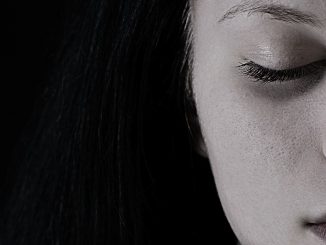
Candidasis is a fungal infection, manifested by the excessive proliferation of microscopic fungi (Candida Albicans) in organs, such as the mouth (mouth) and the vulva and vagina area.
Vaginal candidiasis, also known as vulvovaginitis, is an excessive proliferation of fungi inside the vagina, which results in irritation. The most common symptoms are vaginal itching, which can be severe. Other symptoms may be: burning sensation during urination, dense / consistent vaginal discharges, white, which usually does not smell unpleasant, pain during intercourse and redness in the area around the vagina and vulva.
Local treatments for vaginal candidiasis
The treatment of fungal infections of this kind depends on one factor: whether the patient has a complicated or a more complex infection.
For mild to moderate symptoms and occasional episodes of vaginal candidiasis, your gynecologist may recommend:
A short-term vaginal therapy
Antifungal drugs are available in the form of creams, tablets and vaginal suppositories. An antifungal treatment lasting 1 day, 3 days or 7 days will usually eliminate the fungal infection.
Numerous drugs have been shown to be effective in the treatment of vaginal candidiasis, such as butoconazole creams, clotrimazole cream, miconazole cream and terconazole. Keep in mind that some of these drugs are available only with a prescription.
Careful! Because these vaginal suppositories and creams are oil based, they can weaken latex condoms and diaphragms, so to prevent unwanted pregnancy, it is best to avoid sexual contact during treatment.
Oral administration drugs
Your gynecologist may prescribe a single dose (with oral administration) of a drug with antifungal properties.
Treatment without prescription
Vaginal creams and suppositories that can be given without a prescription have proven to be effective in many patients with vaginal candidiasis, and they are a safe choice during pregnancy. Treatment usually lasts between 3 and 7 days, depending on the recommendation of the doctor or pharmacist.
Remember!
If the symptoms do not resolve after the end of treatment or if they come back within two months of treatment, make an appointment with your gynecologist.
In the case of more complicated fungal infections, when vaginal candidiasis creates even more discomfort, treatment for such infection may include:
Long-term vaginal therapy
A treatment plan for medicines with vaginal administration is recommended for a period of 7 to 14 days. This treatment can successfully eliminate a fungal infection such as Candida Albicans. The treatment is usually composed of: vaginal creams, local ointments, vaginal tablets or suppositories.
Oral (multidose) medicines
Your doctor may prescribe 2 or 3 doses of an antifungal medicine, which may be given orally and not vaginally.
“Maintenance” treatment plan
For recurrent fungal infections, when the pacient experiences vaginal candidiasis often, the doctor may recommend a multi-drug treatment to prevent fungal infection and future episodes of vaginal candidiasis.
Therapies may include a regimen of tablets with oral administration. Some doctors prescribe antifungal treatments such as ova, which are used once a week instead of oral medications.
Do not forget! Most vaginal fungal infections are caused by the Candida albicans microorganism. Treatment involves antifungal drugs, and vaginal candidiasis can be treated with local treatments or oral medications.



Leave a Reply